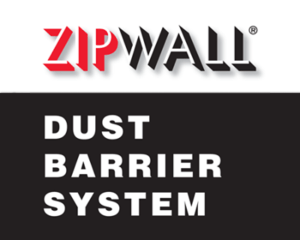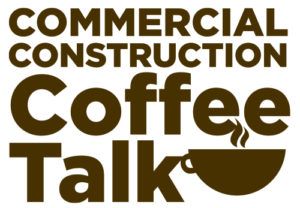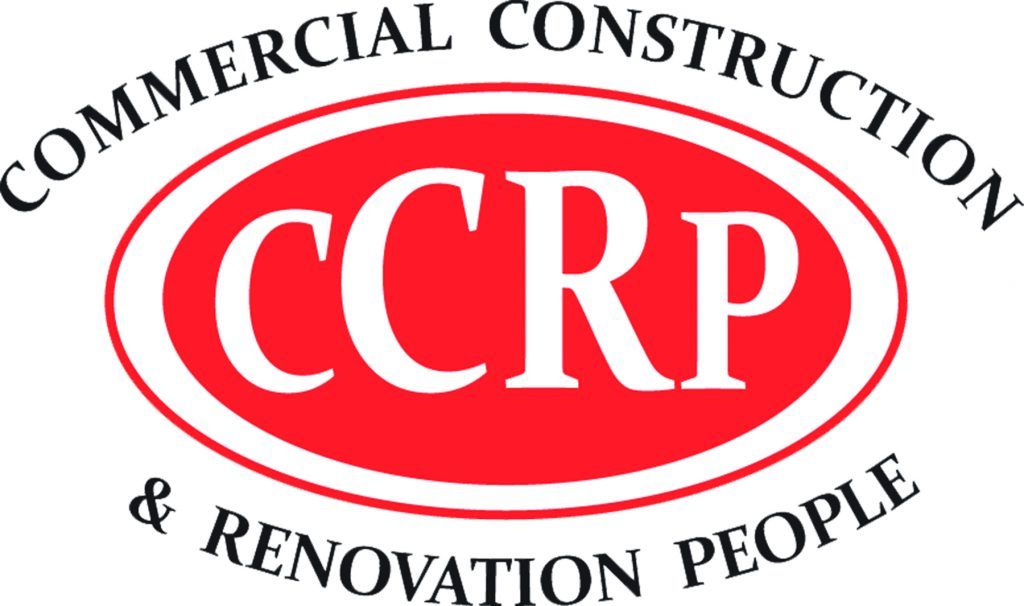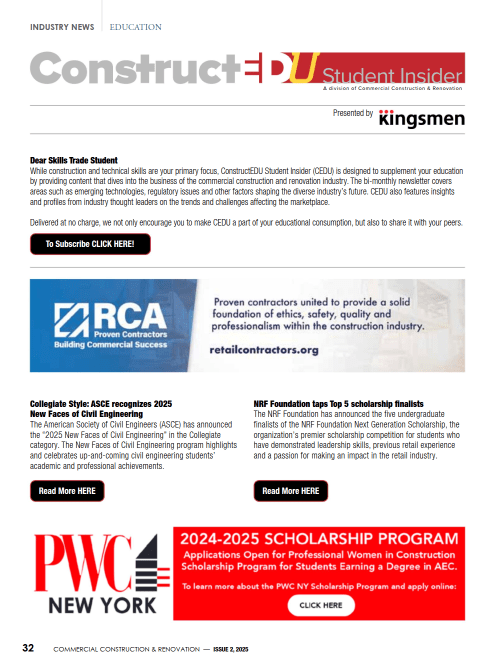Almost every house owner has faced with a clogged drain. Usually, using a plunger or rapidly snaking the drain will help to solve the issue. However, in some cases, it’s not so straightforward.
Sometimes the problem is far more severe than you would think. As such, it could lead to hiring sewer line clog services or some expensive fixes. This article will reveal the common causes of sewer clogs and signs to spot them. Finally, we’ll guide you on how to stop them from occurring.
Common Causes of a Clogged Sewer Line
This section will look at the common causes of a clogged sewer line.
Flushable Wipes
The fact that they are called flushable wipes doesn’t mean you should flush them down the toilet. Expert plumbers will always advise against this wrong practice. It might be due to a partial blockage if you notice slow draining.
When you flush these wipes, they compress over time as they pass down the drain line. This, in turn, produces a complete blockage. Some plumbers have seen retrieving flushable wipes out of a sewer spanning up to thirty feet. Carrying out this task is no walk in the park; it’s little wonder it’s so expensive.
Flushing Hygiene Items
Other hygiene items such as Q-tips or feminine hygiene products are not meant to be thrown down the toilet. Another often used item that causes concerns is paper towels and tissues as they are not designed to break down.
You can visit https://www.defendyourdrainsnorthtexas.com/ to learn why paper towels belong in the trash, not your toilet. As a general guideline; don’t flush anything apart from toilet paper.
Grease and Fats
Many people pour grease straight down the drain without understanding that the hot liquid will instantly harden once it reaches your cold pipes. When that happens, you have a grease blockage on your hands. Usually, grease blocks have to be blasted out, as they might be difficult to clean.
One other expensive service drain cleaners do is jetting. According to recommendations from your local council, collect the grease in a container. Then dispose of it correctly, which is the best option rather than throwing it down the drain.
Misuse of Waste Disposals
Your garbage disposal’s improper use could lead to a mainline build-up. You should only utilize garbage disposal for small amounts of trash. You might believe discarding potato skins down the garbage disposal will simplify kitchen clean-up.
Sadly, over time the thick starchy mess you produced could seriously damage your pipes. Garbage disposal units are designed for biodegradable materials exclusively. The grinder breaks it into reasonable portions and then correctly throws it away.
Tree Root Disturbance
In old clay sewer lines, drain sections were connected by the pipe’s non-bell (hub) end into the hub of the next section. The void is then filled with concrete, which often causes tree-root intrusion through the pipe joints. The concrete worsens with time; roots grow and spread through the holes. All of these activities compromise the pipes. Roots can even grow from rotted out cast iron or partially collapsed pipes. The sanitary system will fail if a sewage pipe shows significant root blockage.
Scale Buildup in Old Systems
Whether clay or metal, scale accumulation usually develops inside older pipes. The rough surface produced by the scale accumulation over time will increase the likelihood of a blockage developing in certain places. So, if you have an old system pipe, you need to be wary of this.

























